Lensed fibers used in submarine cables
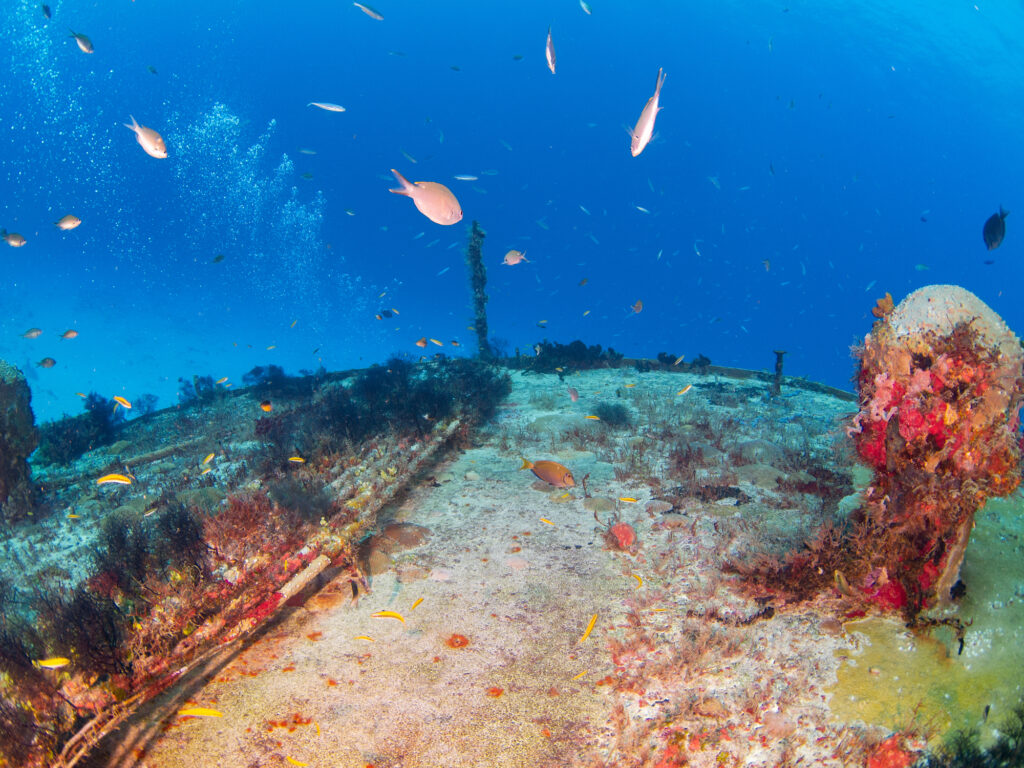
In today's high-tech world, vast volumes of data, such as international broadcasting of high-quality video and audio, internet content, and various commercial transactions, are transmitted and received at high speeds. This rapid, global information and communication network is enabled by linking each country's terrestrial communications network through optical fiber cables laid across ocean floors around the world.
Submarine cable maps are made publicly available by TeleGeography (https://www.submarinecablemap.com/) and other organizations.
Table of contents [close]
Submarine cables
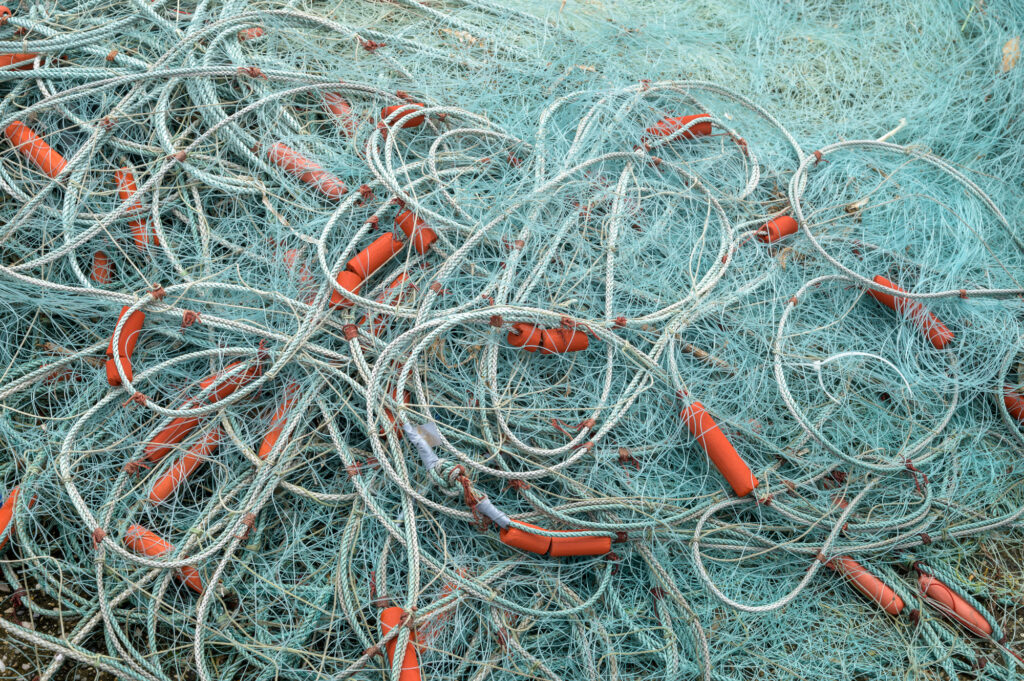
Submarine cables are optical fiber communications cables laid underwater to connect different landmasses. They are made of multiple transparent fibers, each about three times the thickness of a human hair, bundled together in a protective casing. By converting electrical signals into optical signals and transmitting them through these fibers, a large amount of data can be conveyed over long distances at the speed of light.
A method called Wavelength Division Multiplexing (WDM) can be used to transmit large volumes of data. Because different wavelengths of light do not interfere with or corrupt each other, it is possible to send multiple wavelengths of light, each carrying a separate signal, down a single optical fiber. Optical filters on the receiving end of the fiber can be used to separate these signals back into their original states. In addition, research is progressing on enhancing the communication capacity of a cable by creating a single fiber core that can carry multiple channels of light.
Features of submarine cables
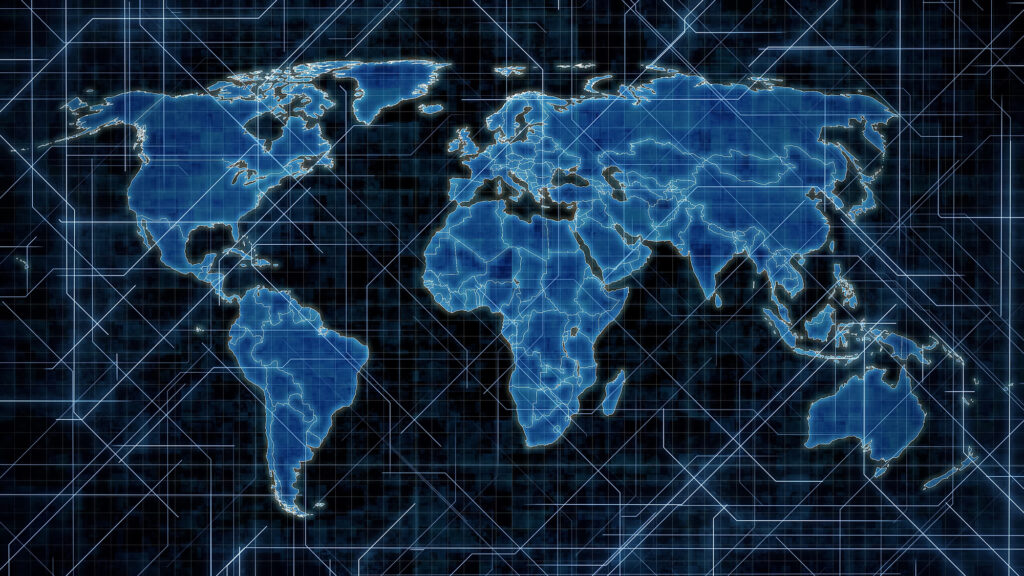
Submarine cables transfer a variety of data quickly and safely. They play an essential role in today’s modern internet and telecommunications networks.
The global network of submarine cables
Submarine cables have been laid across the floors of many of the world’s oceans and seas. There are around 450 cables, with a total length of approximately 1.4 million km – enough to encircle the Earth 35 times.
Submarine cables have a long history, with the first one reportedly laid between England and France in 1850. The practical use of submarine cables, specifically coaxial cables made of copper wire, began at Bell Laboratories in the United States. These were first utilized for transatlantic communications in 1956. In Japan, KDD laid its first cable across the Pacific Ocean in 1964.
Thanks to these developments, long-distance international calls became possible. However, coaxial cables use large amounts of copper wire, leading to cost issues. Additionally, as demand for such services increased, the limitations of the technology became apparent.
To overcome the challenges associated with coaxial cables, a submarine cable utilizing optical fiber technology, the Trans-Pacific Cable, was laid in 1989.
Why optical fiber submarine cables are used

Applications | Communications systems that use optical fiber submarine cables
A new version of the Trans-Pacific Cable, the TPC-5CN, was introduced in 1995. This coincided with the launch of Windows 95, which significantly accelerated the spread of the internet. The 1996 Atlanta Olympics marked the first time TV was broadcast globally through submarine cables. Consequently, this led to a major shift in international communications methods, moving from satellite communications to the widespread use of optical fiber submarine cables.
A key innovation of the TPC-5CN was its use of signal amplification through repeaters. Long-distance communications via optical fibers can be challenging due to signal attenuation, especially if the distances span thousands of kilometers between continents. To counteract this, signal amplification repeaters were strategically placed at intervals of every few dozen kilometers.
Conventional repeaters are complex devices that work by converting optical signals into electrical signals, amplifying them, and then converting them back into optical signals. However, in the TPC-5CN, the optical signals were amplified directly, without conversion into electrical signals. This advancement, coupled with the use of WDM technology, led to a significant increase in transmission capacity.
Optical fiber submarine cables are now a mainstream part of our modern communications infrastructure. The internet, international sports broadcasts, and radio waves that reach your smartphone are all transmitted through these underwater cables.
Why submarine cables are used
When international high-speed communications transmissions started in the 1920s, short-wave radio waves were used. NHK radio and other services used this technology.
Several decades later, due to the narrow frequency band of shortwave communications and the instability of the communication quality, shortwave was replaced by satellite communications in the 1950s and 1960s. During the 1964 Tokyo Olympics, competition among broadcasters for satellite bandwidth attracted public attention worldwide.
However, satellite communications also faced many challenges. Interference during heavy rains is one common example, because the technology relied on receiving radio waves from a satellite 36,000 km above the earth’s surface.
In the 1980s, a technological sea-change occurred with the adoption of fiber optics in submarine cables, enabling much higher-speed, large-capacity information services.
Today, communications that are even faster and have greater capacity than satellite communications have been achieved. Some 99% of all international communications, including telephone calls, emails, TV, video relays, and the internet, are transmitted through submarine cables.
Ingenuity behind making submarine communications stable
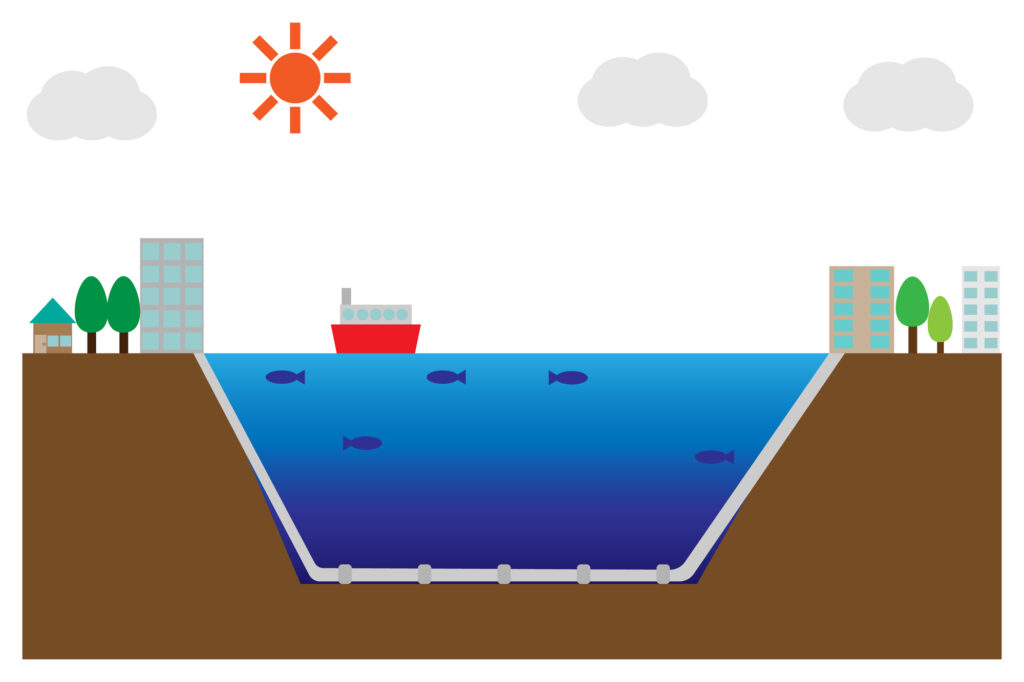
The SJC2 submarine cable, which was laid starting in 2019 to connect Japan with Southeast Asia (including Singapore and Thailand), is approximately 110,000 km long. This is a great example of how the length of most submarine cables is measured in thousands of kilometers.
Submarine cables are sometimes reinforced with steel wire. The decision to add steel wire reinforcement to a cable depends on whether it is laid in the deep sea, at depths ranging from about 1,000 to 8,500 meters, or in shallower waters, less than 1,000 meters deep. In shallow waters, cables are often reinforced with steel wire to reduce the risk of damage from currents, waves, ships, or fishing nets.
To address the optical attenuation that occurs when transmitting optical signals over thousands of kilometers, repeaters are installed every few dozen kilometers to amplify the signal.
How Orbray’s lensed fiber technology contributes to submarine cables
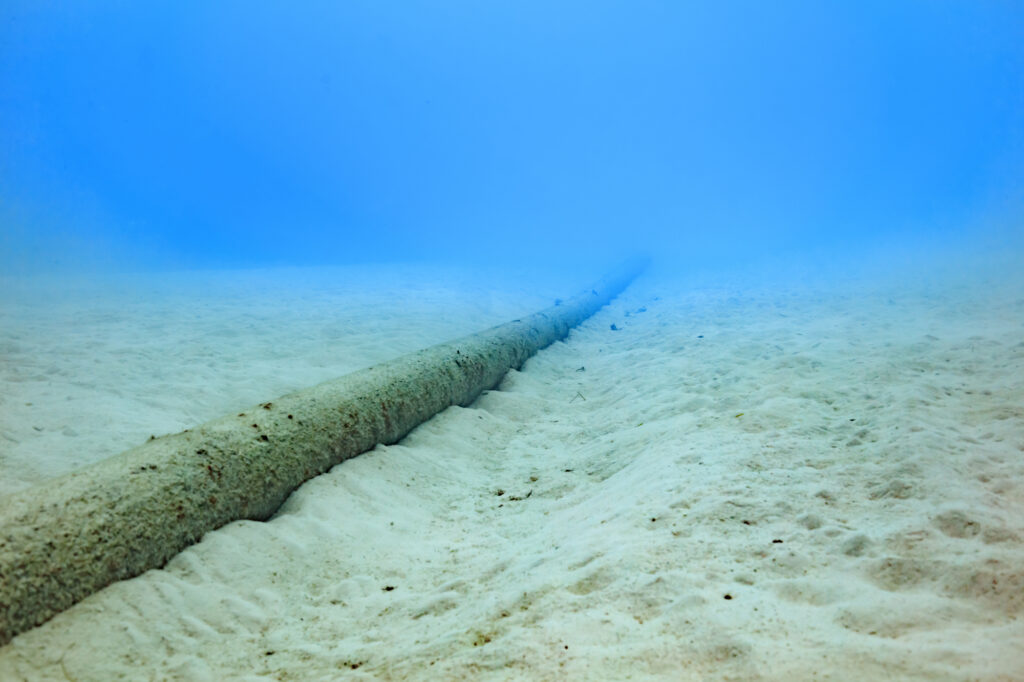
When transmitting optical signals through submarine cables, the signal weakens over the distance as it passes through the optical fiber. To counteract this, submarine cables are equipped with repeaters that amplify and strengthen the signal light.
Among the various methods to amplify the light, the EDFA (Erbium-Doped Fiber Amplifier) is commonly used in repeaters because of its effectiveness. The EDFA operates by passing the optical signal and a laser beam (known as a pump laser) through an erbium-doped fiber. Because the laser matches the wavelength of erbium, it intensifies the signal light.
This pump laser uses a lensed fiber.
A lensed fiber is an optical fiber with a lens integrated into the end of the fiber. It is able to capture light directly from a laser chip (a semiconductor element) and transmit it into the optical fiber.
Conventionally, light emitted from a laser chip is sent into an optical fiber through a separate lens and an optical isolator that blocks reflected light generated within the transmission line. However, by using a lensed fiber, it is possible to reduce the number of parts and the cost of multiple lens alignments by converting the fiber itself into a lens. This can greatly reduce the complexity and cost of large systems stretching thousands of kilometers along the bottom of the world’s deepest oceans.
Summary
The configuration and applications of submarine cables can be summarized as follows:
- Submarine cables are optical fiber cables laid across the seabed. They are an important part of international communications because they provide high-speed, large-capacity data transmission for the internet and other essential services.
- If optical fibers are used, communications signals can be converted into light signals, allowing fast-speed transmission and reception over long distances. Wavelength Division Multiplexing (WDM) technology enables the bundling of multiple optical signals into a single fiber, further increasing transmission capacity. Signal amplification by repeater devices ensures communications quality.
- These cables are used for international calls, the internet, TV broadcasting, and other data transmissions, offering greater reliability and communications capacity compared to satellite communications. Various technologies, including measures for durability and signal attenuation, are employed to stabilize communications quality.
Submarine cables make use of high-precision optical components, such as Orbray’s lensed fibers, to make such communications, and the modern world, possible.
-
Fiber Optic Connector types and applications
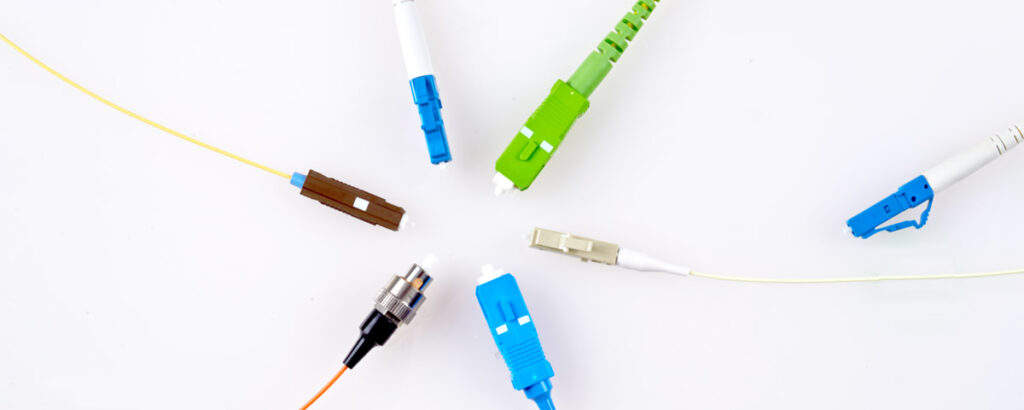
-
Optical Fiber Current Sensors
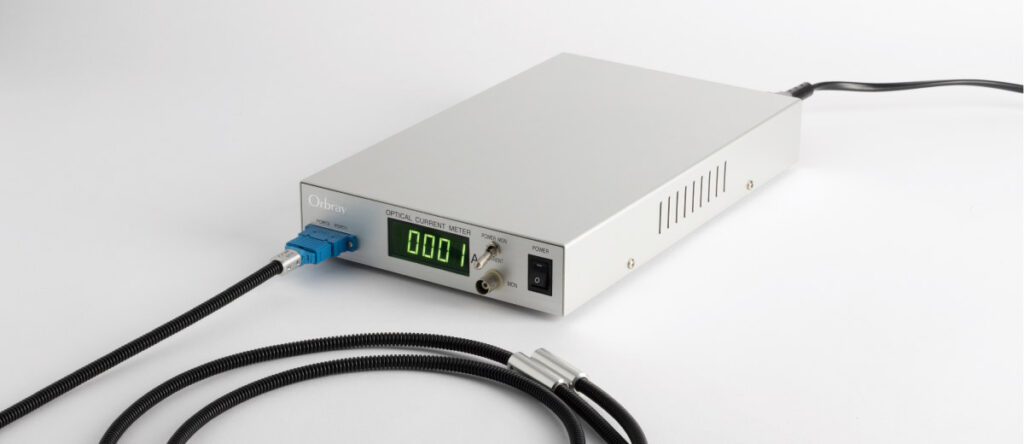
-
Optical attenuators and terminators: How they work and why they are important
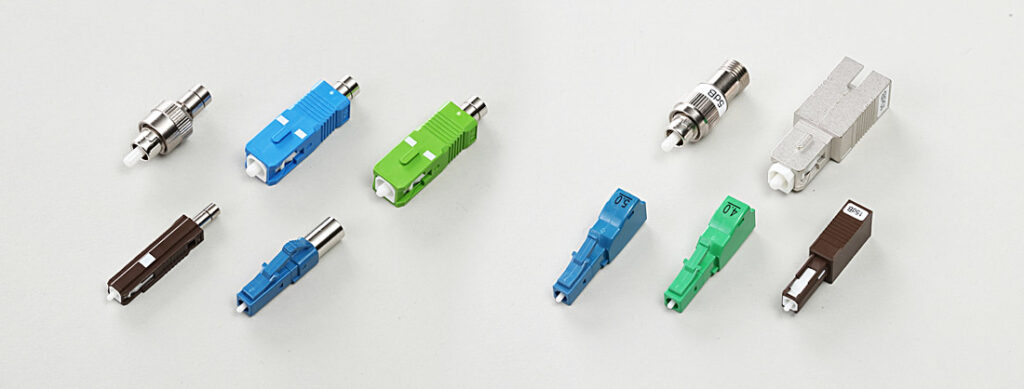
-
What is a Ferrule? : The history and development of the ferrule continues today with its ever pursuit of high accuracy of 1um or less at reduced costs

-
What is an Optical Fiber Array? - Connecting devices with optical waveguide elements are indispensable for next-generation high-speed, large-capacity optical communications.
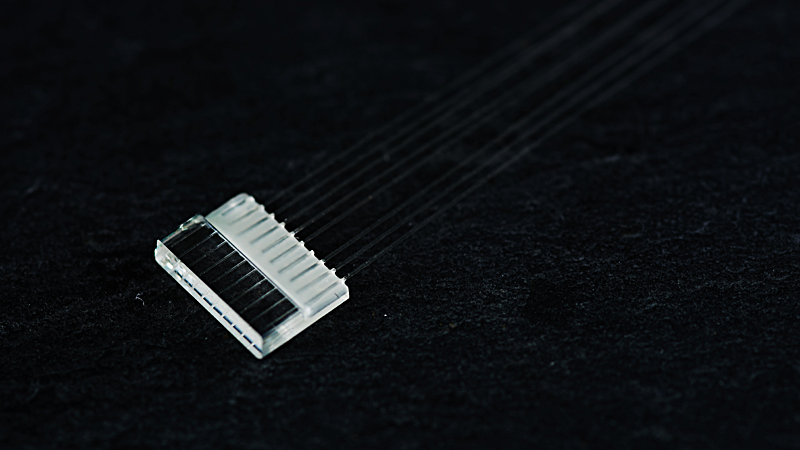
-
“Physical Contact Push-Pull Technology for Fiber Optic Connectors” recognized as IEEE milestone. Promoting ferrules around the world through manufacturing.



